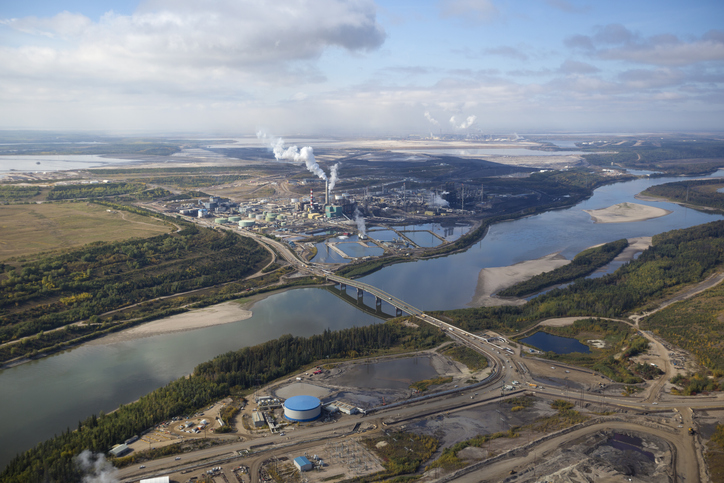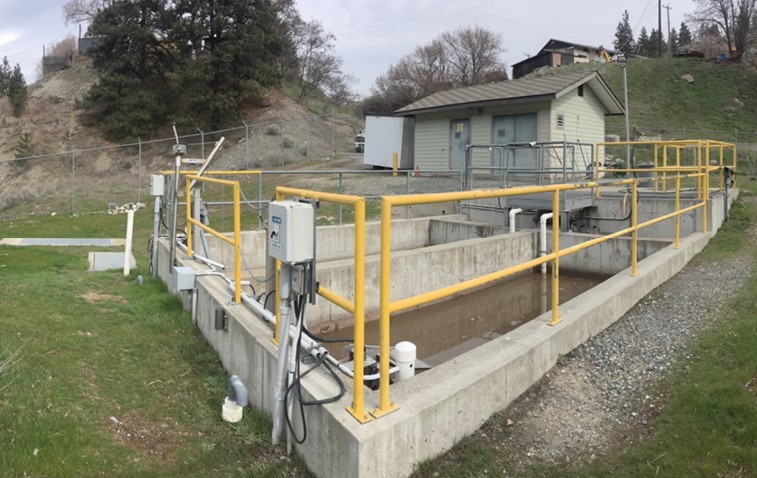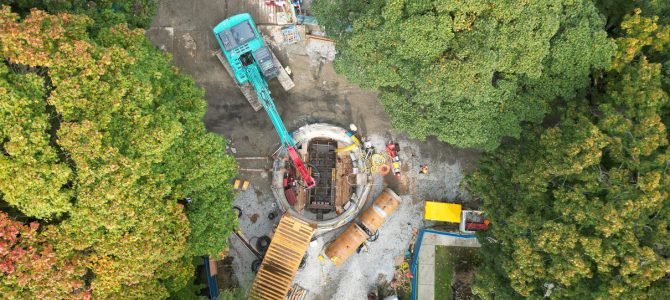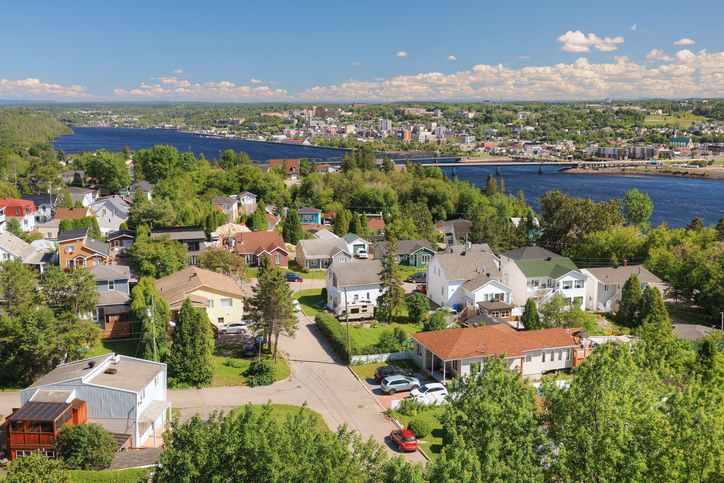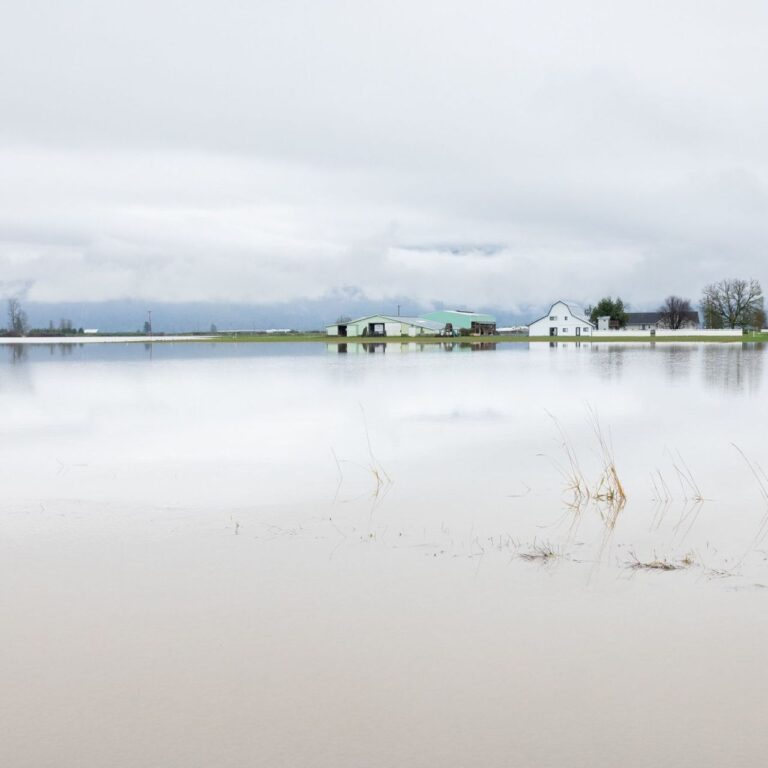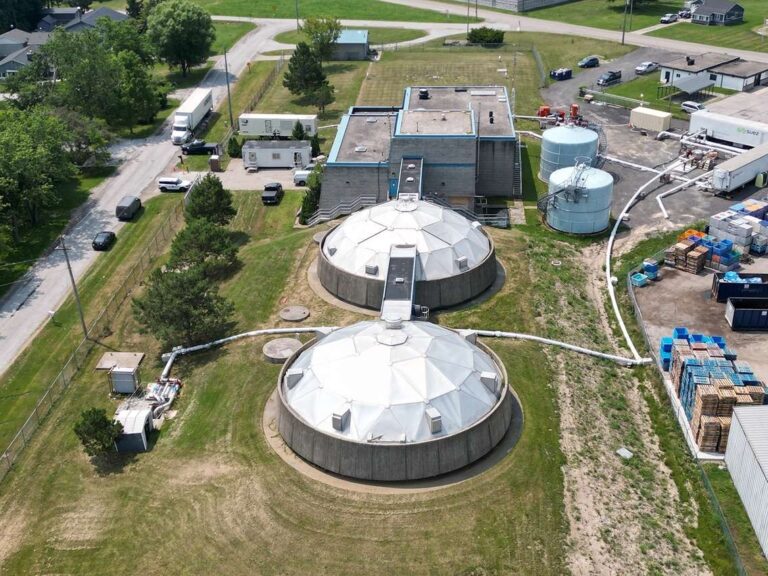Under the leadership of former premier Peter Lougheed, Alberta harnessed advances in technology to drive development and innovation in the oil sands. That work was critical in allowing Canada and the world to benefit from some of our province’s greatest natural resources. Fifty years later, Alberta is again looking to innovators and knowledge-keepers to help develop long-term solutions to the mine water challenge.
Over the last year, the Oil Sands Mine Water Steering Committee has met with industry operators, technology providers, Indigenous community members, scientists and others to review evidence and explore viable options to improve mine water management and tailings pond reclamation in Alberta’s oil sands region.
“We need to start finding a path to more effectively manage oil sands mine water and tailing ponds. Doing nothing while mine water continues accumulating is not a sustainable approach. I want to thank the committee for their thoughtful work. We will immediately start to carefully evaluate these recommendations and determine how they can safely be put into action,” said Rebecca Schulz, Minister of Environment and Protected Areas.
The committee has submitted its first recommendations to begin addressing this challenge while protecting the environment and downstream communities. Alberta’s government accepts these recommendations and will immediately begin exploring them further to help create an accelerated plan to reclaim the water and eventually return the land for use by future generations.
“These effective and evidence-based recommendations help provide a roadmap to accelerate action to address tailings ponds and oil sands mine water. This will help Alberta better manage and reduce mine water while still delivering the most responsible energy in the world,” said Tany Yao, steering committee chair and MLA for Fort McMurray-Wood Buffalo.
“This committee’s recommendations are an important step forward. We cannot keep ignoring this challenge but need to find practical and effective solutions forward,” said Chief Jim Boucher, steering committee member, president, Saa Dene Group of Companies, and former chief of Fort McKay First Nation.
The committee’s initial recommendations focus largely on improving water use efficiency, developing new measurement standards, and better managing or even reducing water accumulation at mine sites. The following recommendations reflect a year of rigorous, thoughtful analysis and engagement:
- Recommendation 1 calls for changes to help keep more water out of tailings ponds. Currently, much of the water collected has not actually been used in the oil sands extraction or separation processes. The recommendation calls for measures to more easily keep melting snow, runoff and other water separate, and for government to create clearer standards for this water’s safe release.
- Recommendation 2 advises government to promote more water-sharing between mine sites to minimize new withdrawals from the Athabasca River.
- Recommendation 3 advises government to focus on managing oil sands mine water within the watershed, not moving water across watersheds.
- Recommendation 4 advises government that deep well disposal be considered to manage low volumes of otherwise untreatable oil sands mine water and some legacy mine water, once all other options have been fully explored. Deep well disposal involves injecting oil sands mine water deep unground beneath many layers of impermeable rock, providing permanent storage that also protects the drinking water and land above.
- Recommendation 5 calls for government to develop a standardized method for measuring naphthenic acids, naturally occurring organics that are sourced from oil sands bitumen. Though no jurisdiction is known to have ever implemented such a method for regulatory purposes, being able to measure them is considered essential in assessing the effectiveness of mine water treatment options.
Read the recommendations in detail on Alberta.ca, along with a letter from Committee Chair Tany Yao. The committee’s work continues, and more recommendations will be shared in the near future.
Over the next six months, Alberta Environment and Protected Areas will work with the Alberta Energy Regulator and others to evaluate and explore these recommendations to put a plan in place that is realistic, safe and backed by research and evidence.
Government is committed to continue listening to Albertans and the people who brought forward solutions. The ongoing leadership and participation of Indigenous communities are vital to shaping how we manage tailings and protect the land and water for future generations.

